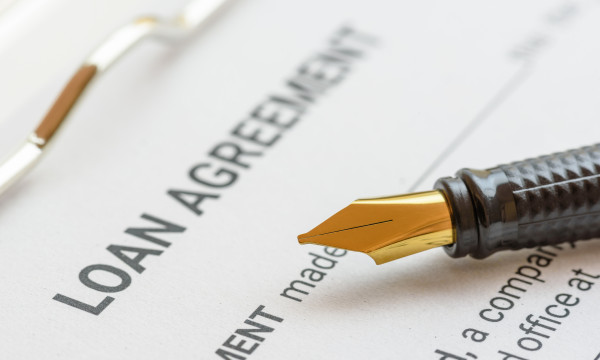What is a bridge loan and when would I need one?

At UBT, we understand that the journey to your dream home isn’t always a direct path. Sometimes, it involves traversing the timing gap between selling your current home and purchasing your new one. That’s where a bridge loan comes into play — it’s a financial solution designed to provide financing during a transitional period (like moving from one home into another). Here, we’ll explore bridge loans a bit further.
The essence of a bridge loan
Simply stated, a bridge loan is a short-term financing option used to “bridge” the financial gap between buying a new property and selling an existing one. This type of loan is particularly useful in fast-moving real estate markets, where the ability to make a quick purchase decision can make all the difference as to whether your purchase offer is accepted or not. A bridge loan is not an option for every buyer, but if you have built equity in the current home you own and are willing to put a non-contingent offer in on a home, it could be an excellent option for your needs.
For example, most home buyers prefer to wait until their house is sold before placing an offer on a new house. But in the case of a short-notice move, or if the right buyer hasn’t yet discovered your existing home, you may need to move ahead with a purchase before your home is sold. Having the option of bridge loan financing in place with your lender can give you a big competitive advantage when shopping for a home.
How bridge loans work
A bridge loan isn’t designed to replace your traditional home loan. Instead, think of a bridge loan as a type of specialty financing that will allow you to purchase the new home before your current home is sold.
It’s safe to say, however, that bridge loans share some commonalities. They generally run for a 6- or 12-month term, they’re usually secured using the borrower’s current home as collateral, and they’re typically issued by the same lender who finances your new mortgage.
At UBT, a bridge loan is secured by a lien on the property you are purchasing and a second lien on the home you are selling. When your home sells, the proceeds from that sale will pay off your first mortgage and the remainder would go toward the new bridge loan. Once that has taken place, your UBT lender will work with you to refinance the bridge loan into your permanent financing.
Here’s a UBT bridge loan example
Let’s say your current home is worth $300,000 and you have a $190,000 balance left on your mortgage. You have built $110,000 in equity in your current home, which can be used to help you secure a bridge loan. Now let’s say you find a new home that you would like to purchase using a $400,000 loan. UBT will originate a bridge loan for you in the amount of $400,000 to purchase the home without having your current home sold. You would still have your current home loan payment and now will have an interest payment due every month on the bridge loan until you close on the sale of your current home and convert the bridge loan into your permanent financing.
When to consider a bridge loan
A bridge can be used in a myriad of situations. A bridge loan might be a good fit for you if:
- You’re enhancing your home’s value through renovations before putting it on the market.
- Your closing date for your current home is after you close on your new home.
- You have found your dream home, but the seller won’t accept a contingency offer to sell your current home.
- You need the sales proceeds of your current home for a down payment on your new home.
There are some significant advantages to bridge loans:
- Speed and convenience. A bridge loan offers quick access to funds, enabling swift property transactions.
- Competitive edge. The ability to buy a new home without having to sell your current home first should move you nearer to the front of the buyers’ pack.
However, there is a lot to consider before deciding if a bridge loan is right for you:
- Risk management. It’s crucial to have a solid plan for selling your existing home to mitigate the risk of carrying two mortgages. This risk is why we say a bridge loan is not for everyone.
- Costs. There may be slightly higher interest rates and fees than a traditional home loan due to the nature of the loan.
At UBT, we’re more than just providers of bridge loans. We understand that time is of the essence, and our team is equipped to move quickly to ensure you have the funding you need when you need it — our decision makers are local, after all. This agility provides you with the flexibility to make strong offers on new properties without the contingency of selling your current home first. To see if a bridge loan is right for you, contact one of our lending specialists today!
Learning Center articles, guides, blogs, podcasts, and videos are for informational purposes only and are not an advertisement for a product or service. The accuracy and completeness is not guaranteed and does not constitute legal or tax advice. Please consult with your own tax, legal, and financial advisors.
Loan products subject to credit approval.





